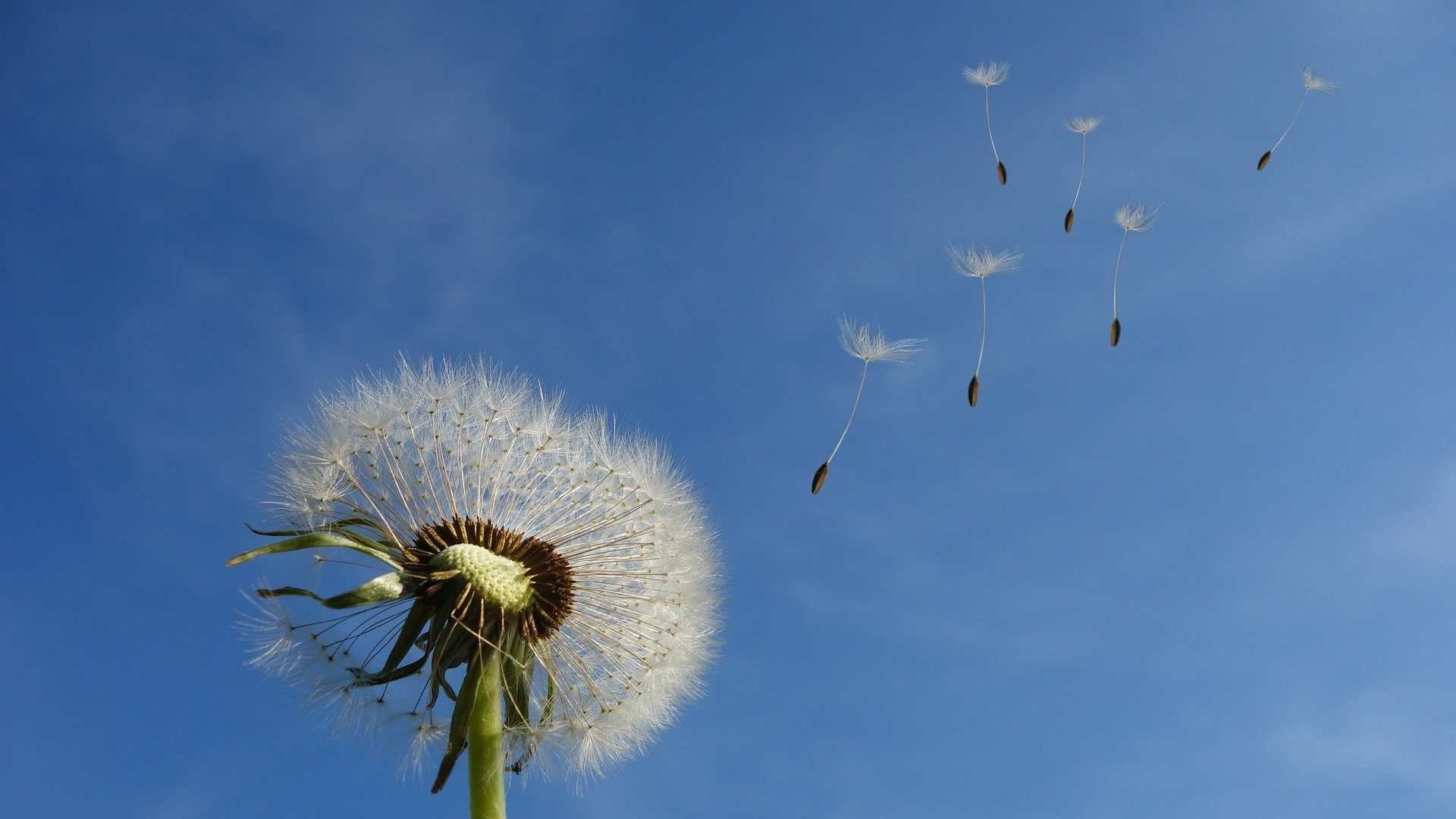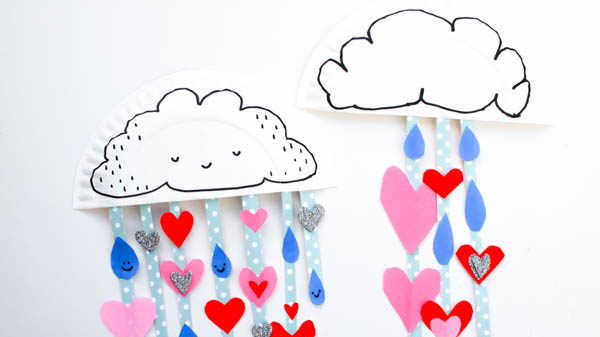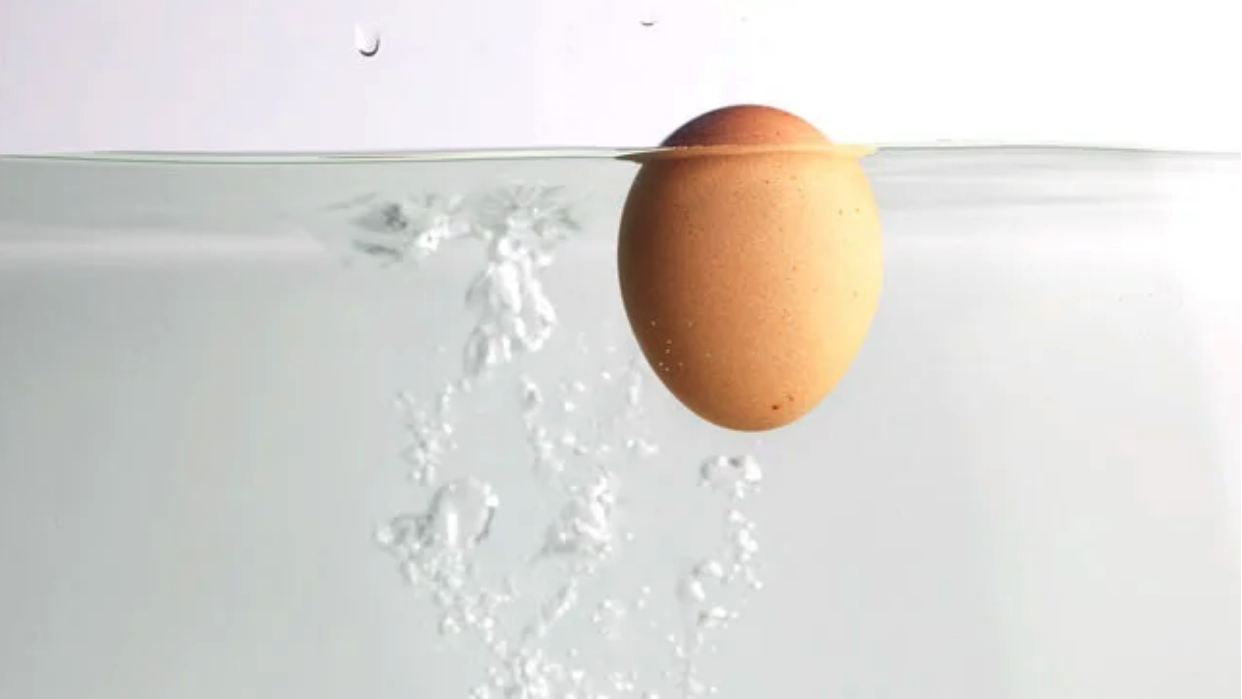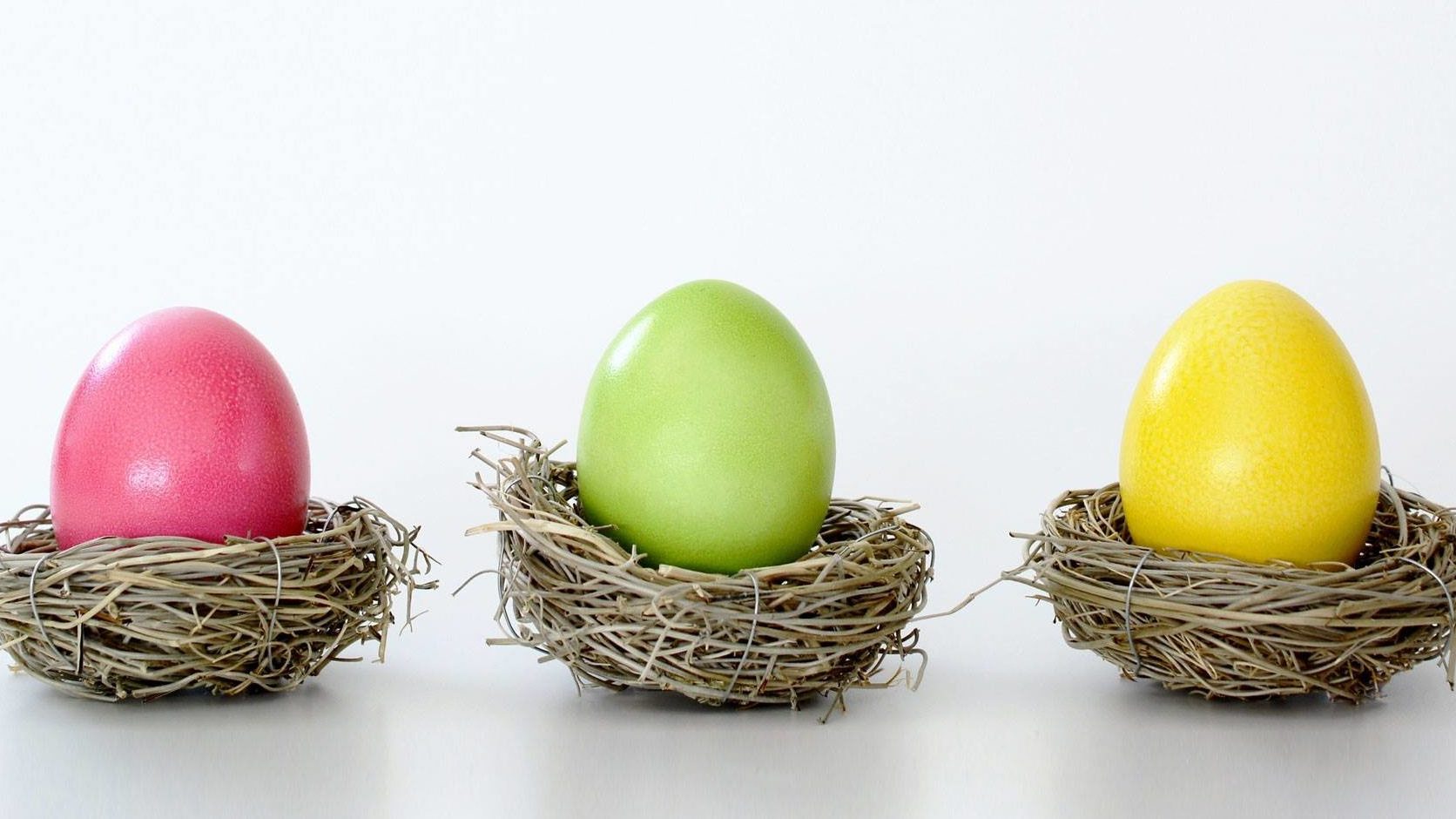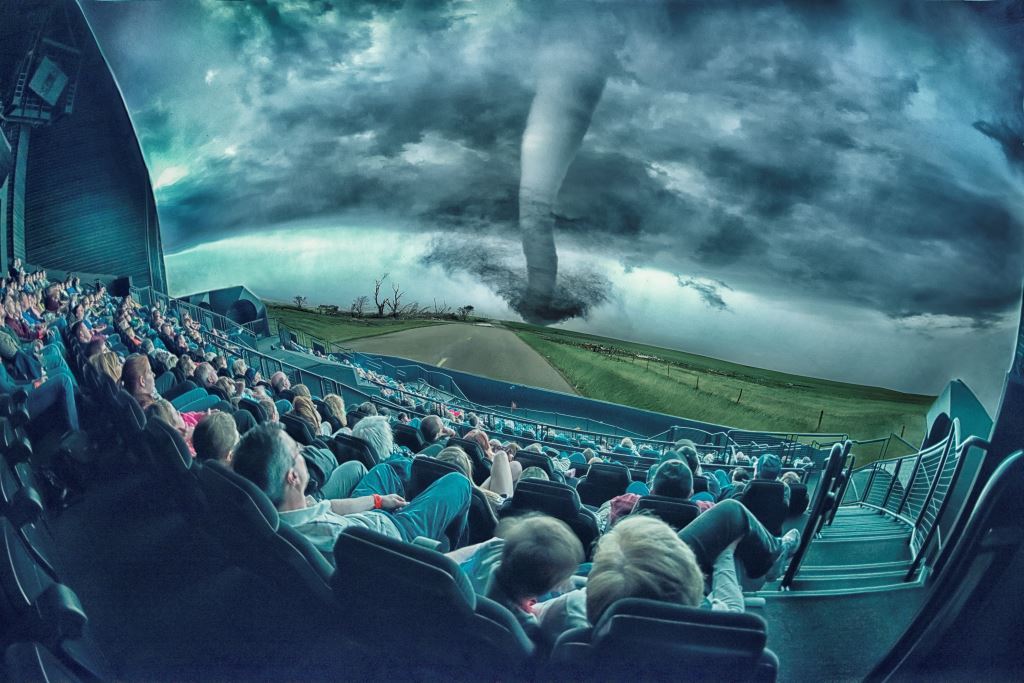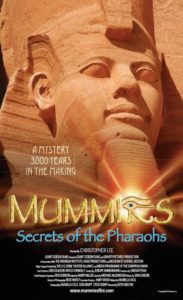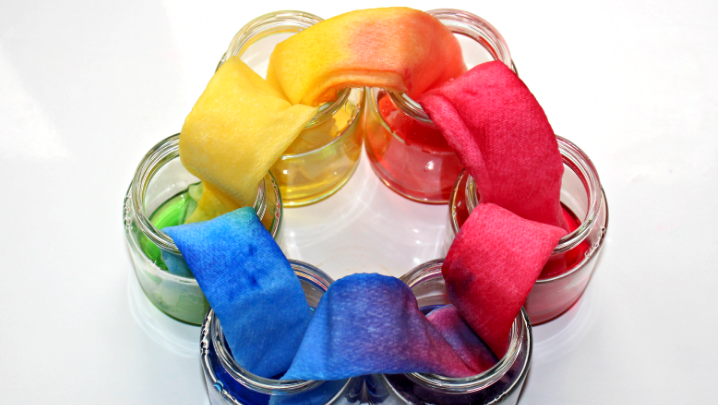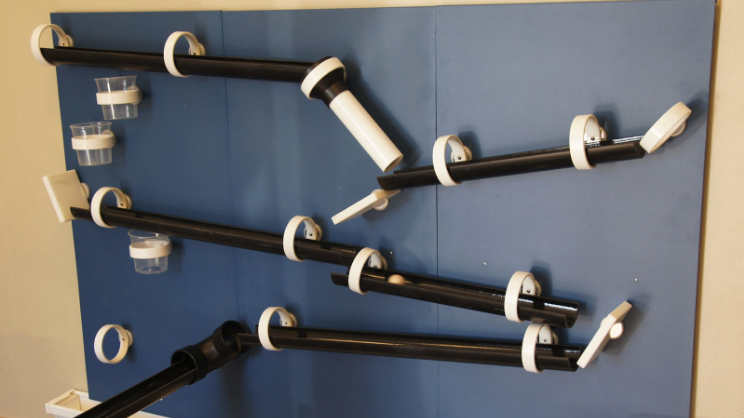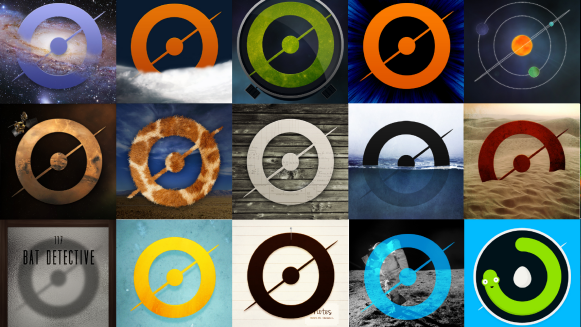Post written by Heidi Fuhrman, Discovery Camp Coordinator.
Daily Discovery: What’s With Weather? – Wind
You’re on your way to becoming a junior meteorologist! Today we’re going to learn more about another ingredient for weather—wind! Learn what causes wind, why it’s important, how scientists learn about wind before doing your own experiment to see what’s blowing in your neighborhood, and building another tool for your weather station! (If you haven’t checked out “What’s With Weather: Forecast It!” you might start there first!)
Supplies:
For Wind Experiment
- A few plastic lids
- petroleum jelly
- Yarn
- Hole punch
- Magnifying glass (optional)
- A windy day!
For Anemometer:
- 5 small dixie cups OR 1 egg carton
- Scissors
- Hole punch
- Tape
- 2 straws OR wooden dowels
- 1 push pin
- 1 pencil (with eraser)
- Electric fan (optional)
What’s With Wind?
We’ve already learned that weather is the mix of events that happen each day in our atmosphere. We know that there are many different pieces that make up weather, but temperature, atmospheric pressure, wind, humidity, precipitation, and cloudiness are especially important! We’ve also learned that meteorologists are
scientists who study and forecast—predict—the weather and learned about some of the tools they use to make accurate forecasts! [TIP: If you haven’t tried out “What’s With Weather: Forecast It!, you might want to try that Discovery at Home first!]
Today we’re going to learn about one of those important pieces for weather—wind!
Wind is air in motion, but what causes it? The Sun’s rays heat up Earth’s surface and its atmosphere. . .but don’t heat it all evenly. Some parts of Earth’s surface warm quicker. Warm air weighs less than cold air, so the warm air rises up and it is replaced by cool air. This movement—caused by uneven heating—is wind! If you remember from What’s With Weather: Forecast It!, our weather is also caused by differences in atmospheric pressure (remember, that’s what we measure with our barometer). Atmospheric pressure is also a part of wind! Warmer air is usually found in low pressure systems (L on our weather maps!) and cold air is usually found in high pressure systems (H on our weather maps) so wind usually blows from high pressure to low pressure systems! Land formations can also affect wind. Mountains, valleys, lakes, and deserts will all change how the atmosphere warms and can funnel how wind blows. Humans can also impact wind! Skyscrapers and other all buildings close together can impact air pressure and funnel wind between them!
But the land doesn’t just shape wind, wind shapes the land! Over
time wind can cause erosion and even quickly change landscapes,
such as sand dunes! You can experience this yourself if you ever
visit Colorado’s Great Sand Dunes National Park!
Your Turn
Now that you know a bit about wind it’s your turn to track information about wind in your neighborhood! Conduct an experiment to see what’s blowing around your house and add your own anemometer to your meteorologist tool kit!
Experiment: What’s In The Wind?
Wind transports all sorts of things around the world—precipitation, pollution, pollen and more! You can see some of what is blowing through your neighborhood! Set up this experiment to discover what’s in the wind!
Instructions:
- Gather your supplies! You’ll need some plastic lids, a hole punch, scissors, string, and petroleum jelly.
- . Punch a hole near the edge of all your lids and tie a string through the hole to create a hanger.
- Cover both sides of your lids with petroleum jelly…careful this can get messy!
- Hang your lids in different locations around your yard on a windy or breezy day. Hypothesize: What do you think will get caught on your lid?
- Leave your lids outside for a few hours to collect whatever’s blowing in the wind. Then bring them inside. Place them on a paper towel or cookie sheet and observe!
Observe
Observe with your eyes.
• What got caught to your wind sample tools?
• Do you see anything that surprises you?
• Does it match your hypothesis?
Get out your magnifying glass.
• Do you see anything you didn’t notice with your plain eyes?
• What does this tell you about what’s blowing through your neighborhood?
This tool can’t catch everything that the wind might be carrying. It’s hard to catch things like smoke or pollution or precipitation, but you might see dust, leaves, seeds, maybe even insects or pollen!
Make Your Own Anemometer
Meteorologists and other scientists use a tool called an anemometer to measure wind speed. While tools like windsocks and weathervanes can tell us which direction the wind is blowing, anemometers can help us measure the velocity of the wind too and help us make better forecasts and see if wind speeds might cause damage. Add your anemometer to the weather station you might have built from “What’s With Weather: Forecast It!”
- Gather your supplies! You’ll need tape, a push pin, scissors, a hole punch, a pencil, two straws (or wooden dowels) and five small dixie cups…if you don’t have cups on
hand (like us!) you can use an egg crate instead! - If you’re using an egg carton instead of small cups, start by cutting off the four corners of the carton and one other carton piece. These will serve as your
cups! (If you have cups skip to step 3). - Lay out four cups/carton pieces in this pattern and punch a hole on the inside side of each cup/piece.
- With your last cup/piece poke a hole in the bottom. Add holes on all four sides (you may only need to punch one hole in your carton piece.)
- Push your straws through the holes middle cup/piece to form an X. If you have a carton piece you may be able to cradle the X in the spaces. Poke the ends of the straws through your 4 outside cups/pieces. You may need to secure them together with tape or glue.
- Poke your pencil (eraser side up!) through the bottom hole, using a push pin, secure through the two straws into the eraser. Your anemometer is now complete!
- Make sure all four cups/pieces are facing in the same direction! Your pencil will also need to spin freely, so it is best to simply hold it between your fingers, however, you can also try weighting a bottle with sand or rocks and placing your pencil inside to create a stand.
Calibrate & Observe:
Hold the pencil between your fingers in a windy place (you can also use a fan indoors). What happens? Why does the anemometer spin? Why does it spin only one direction? What will happen if you set the fan to a higher speed or the wind blows stronger?
Want to download these directions? Click here for a handy PDF!
Follow along with our Daily Discovery! Click here for all activities that you can do at home.

